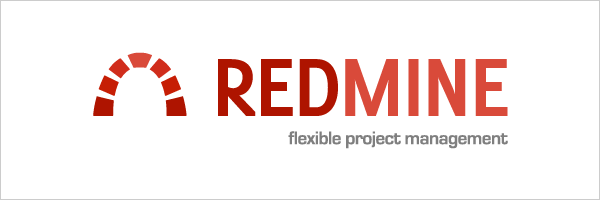Redmine is a popular project management tool that offers a wide range of features to help teams collaborate, track tasks, and manage projects effectively. While Redmine comes with a number of default settings and features, it’s possible to customize it to better suit your specific needs. In this blog post, we’ll explore how to customize Redmine for your project.
- Start with a Clear Project Scope
The first step to customizing Redmine for your project is to start with a clear project scope. Determine what features and functionalities you need to help your team collaborate effectively and manage tasks efficiently. This will help you to identify which aspects of Redmine you need to customize.
- Define Custom Fields
One of the most powerful features of Redmine is the ability to define custom fields. Custom fields allow you to add additional fields to issues, tasks, and other elements in your project. To define custom fields in Redmine, go to Administration > Custom Fields.
You can create custom fields for various types of data, such as text, dates, numbers, and lists. You can also create custom fields for specific issue types, so that certain fields are only displayed for certain types of issues.
- Customize Workflows
Another way to customize Redmine is by customizing workflows. Workflows define the stages that issues go through as they are worked on and resolved. Redmine comes with a default workflow, but you can customize it to better suit your needs.
To customize workflows in Redmine, go to Administration > Issue Tracking > Workflows. From there, you can edit the existing workflow or create a new one from scratch. You can define the different stages of the workflow and the rules that determine when an issue can move from one stage to another.
- Create Custom Roles
Redmine comes with a number of default roles, such as Manager, Developer, and Reporter. However, you may need to create custom roles to better reflect the structure of your team and the responsibilities of each team member.
To create custom roles in Redmine, go to Administration > Roles and Permissions. From there, you can create new roles and define the permissions that each role has.
- Install Plugins
Redmine has a large and active community of developers who create plugins to extend its functionality. There are hundreds of plugins available for Redmine, covering a wide range of features and use cases.
To install plugins in Redmine, go to Administration > Plugins. From there, you can browse the available plugins and install the ones that you need. Some popular plugins for Redmine include:
- Redmine Agile plugin: Adds agile project management features, such as burndown charts and agile boards.
- Redmine Checklists plugin: Adds checklists to issues and tasks, so that you can keep track of sub-tasks and dependencies.
- Redmine CRM plugin: Adds customer relationship management features, such as sales pipelines and customer profiles.
- Redmine Helpdesk plugin: Adds helpdesk features, such as ticket tracking and support queues.
- Customize the User Interface
Finally, you can customize the user interface of Redmine to make it more intuitive and user-friendly for your team. You can customize the layout of different pages, add custom logos and branding, and change the colors and fonts used throughout the site.
To customize the user interface of Redmine, go to Administration > Settings > General. From there, you can modify the site name, description, and logo. You can also change the theme and color scheme of the site.
Also Read: Ethernet Cable 1000ft Pros and Cons: Ultimate Guide
Conclusion
Customizing Redmine for your project can help you to better manage tasks, collaborate with your team, and track progress. By defining custom fields, customizing workflows, creating custom roles, installing plugins, and customizing the user interface, you can create a tailored solution that meets your specific needs.
